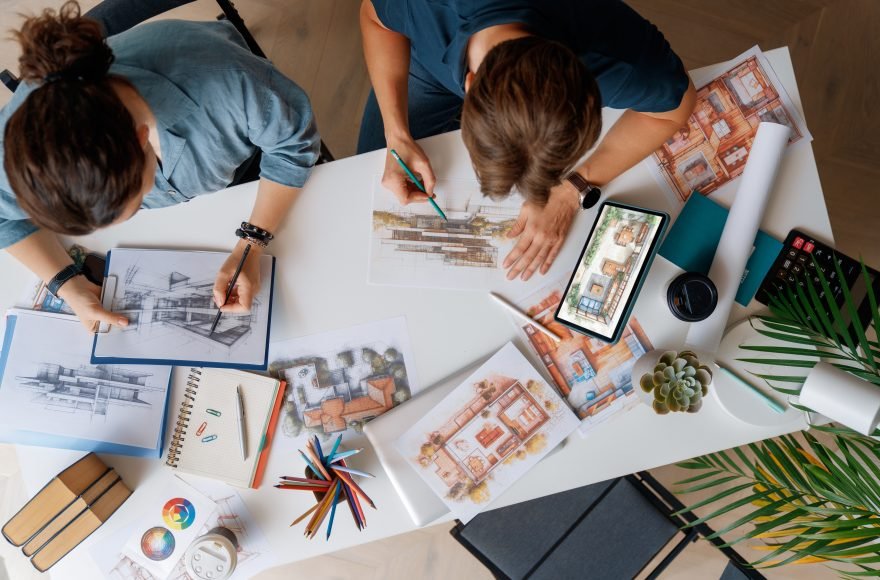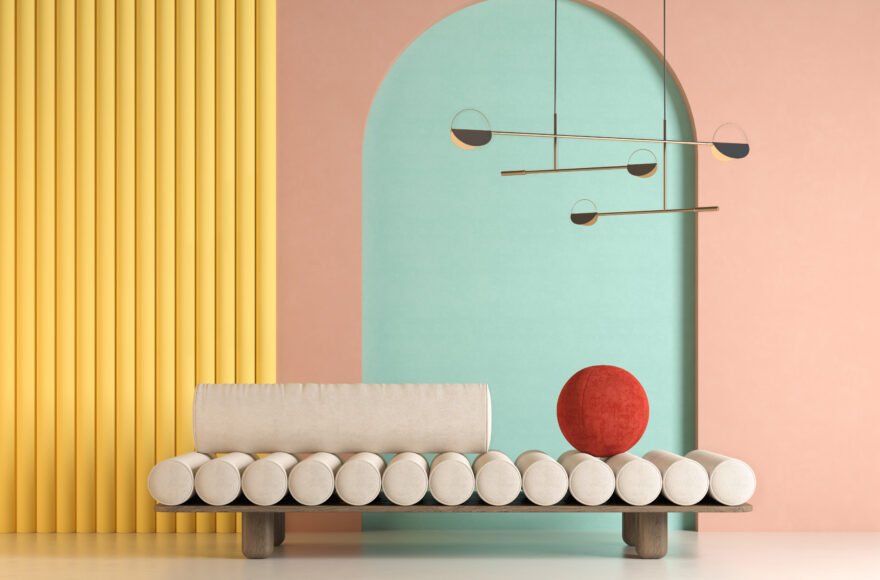10 Powerful qualities of successful designers

“What do successful Designers have in common?” what traits, what attitudes, what mindset and what skillsets make designers excel in their craft?
We do not create the work. I believe we, in fact, are discoverers – Glenn Murcutt
We learn about many ‘Masters’ in the field of design and architecture during our academic curriculum and beyond. This learning is centered on their body of work and not ‘what makes them’?
Can we acquire the qualities that make successful designers? Was the question I probed into and here is the penned down version of it.
It is my personal belief that success traits should translate into simple, practical and do’able – ‘skills’ that each of us could develop through consistent practice.
Even a brick wants to be something – Louis Kahn
What it is not!
How designers ‘look’ is not it! It is not about beards, ponies, bags, glasses and wardrobe. While these accessories do help in ‘projecting’ a ‘designer image’ (no discounting that :)), my endeavor here is to touch upon the ‘intangibles’ of a great designer.
Can we develop the following ‘skills’ in us? Let’s explore…
1. Sharp Observation

The power of accurate observation is commonly called cynicism by those who have not got it – George Bernard Shaw
Great designers are sharp observers of life. Their ‘attention to detail’ emerges from here. People behavior, materials, nature, ease of use and many other finer nuances of day-to-day life capture their attention. With a little awareness and effort we can develop our senses in this direction and sharpen the skill with practice.
2. Powerful Communication

A man’s character may be learned from the adjectives, which he habitually uses in conversation – Mark Twain
Successful designers are powerful communicators. Their ‘passion’ flows out of their being in words, animated gestures, energy and body language.
They believe in their creative prowess and communicate ideas powerfully to their team and clients. Powerful communication is more about being oneself, not shy or hesitant or trying to project an image. If our communication is natural, ‘from the heart’ and stemming from a strong belief, this trait can be acquired through practice.
3. Create and sell value

Beauty and brains, pleasure and usability – they should go hand in hand – Donald Norman
Successful designers have mastered the art of ‘value creation’. They understand human needs and respond to them through their design solution – moving from idea to finished product, thereby creating value. They are also known to be great at selling the value so created. Great designers communicate the value and ‘sell’ it without selling.
4. Good Illustrators
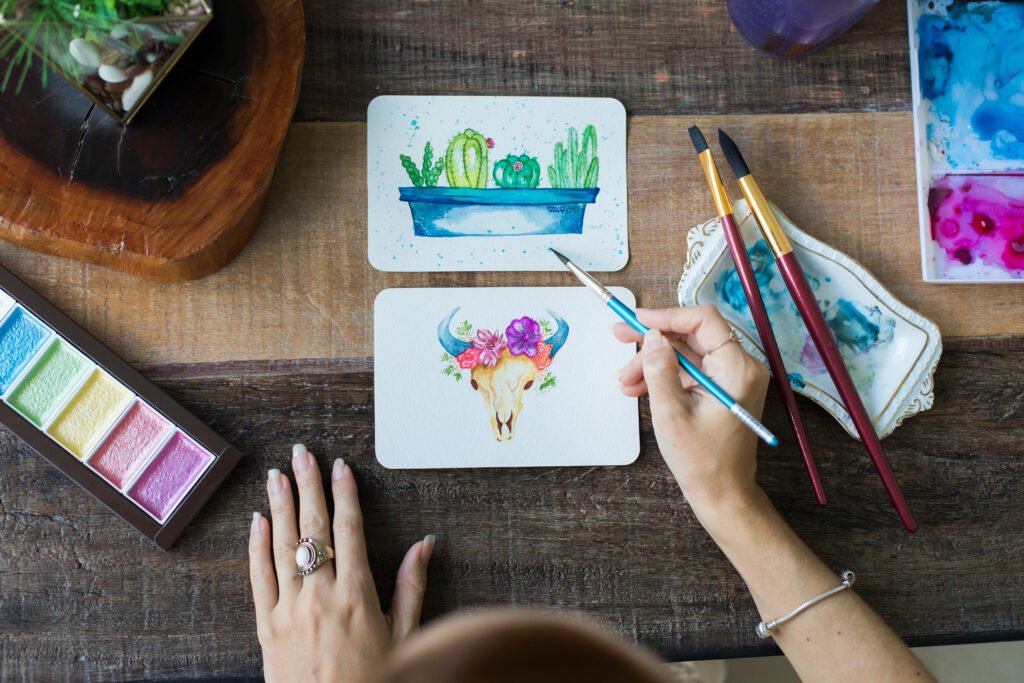
My hand is the extension of the thinking process – the creative process – Tadao Ando
Designers who command success are good illustrators. Their communication is aided by just about anything – paper, pencil, pen or even a stick over sand. Graphical illustration is their way of communicating ideas at the same time keeping their audience engaged. This has nothing to do with one’s sketching abilities. It has also been noticed that designers of merit communicate with facial expressions, hand gestures and a bit of theatre skills to animate their presentation and idea sharing. Graphic and human illustration mastery is key to communicating ideas powerfully.
5. Possibility thinkers
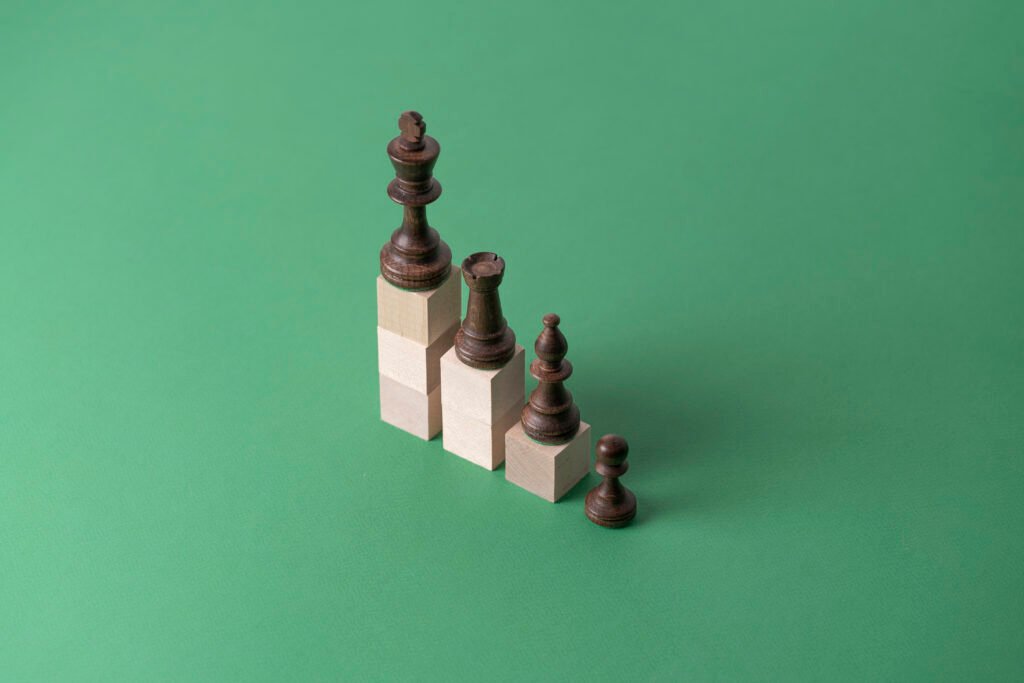
The biggest adventure you can take is to live the life of your dreams – Oprah Winfrey
The very nature of design profession demands one to be a ‘possibility creator’. This is well understood by the accomplished designers and they seem to freely think up possibilities and bring it to the fore, without the concerns of the same fitting into current reality. Great designers think BIG ‘possibilities’ almost unhindered. A free mind (un-conditioned) is essential to creating multiple possibilities in any context.
6. Love People

Openness of the heart creates love. When love is flowing through you, you will remain pure. – Daaji.
Padmabhushan Awardee and Global Guide of the Heartfulness Movement
Great designers have ‘deep empathy for people’ and their needs. They are in love with people and life in general. This ‘human heart’ dimension of their being influences their design outcomes in a big way and needless to say impacts human life.
7. Ask relevant Questions

The important thing is not to stop questioning, curiosity has its own reason for existing – Albert Einstein
Successful professionals always ask relevant questions in any interaction, this is true to designers too. Whether it is a design charette, review, client interaction or brainstorming session – asking pertinent questions opens up creative possibilities and great designers seem to understand that intuitively. Solutions become self-evident at the time when the right questions pop-up. It is human nature to jump to answers or conclusions, however most great design outcomes are a product of pertinent questions.
8. Never settle for less

There is no learning without trying lots of ideas and failing lots of times – Jonathan Ive, Ex. Apple
Great designers also demonstrate a ‘sticky nature’. They have a ‘hard-nut-to-crack’ image that is born out of their habit of not settling for less. Successful designers almost always demand the best out of themselves and others in the equation.
9. Focus on Closure
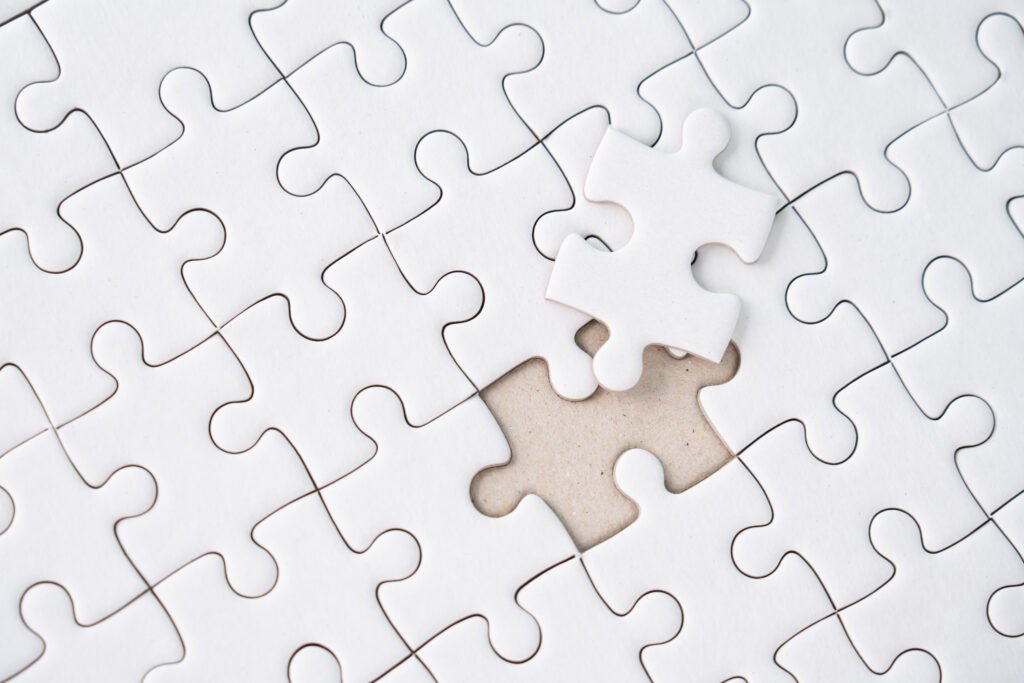
For you to sleep well at night, the aesthetic, the quality has to be carried all the way through – Steve Jobs
‘Closing the loop’ is a habit of all successful people. Completing what has been started is a trait that requires patience, persistence and a tenacity to see the finish line through. Great designers are similarly result oriented and they focus on closure. Keeping things open-ended clogs thinking bandwidth and successful designers understand this aspect of productivity.
10. Free Spirit

The natural yearning of the soul is to be free from bondage – Poojya Shri Ram Chandraji of Shahjahanpur (Babuji, Founder of Sahaj Marg)
This last one is my personal favorite. It is human nature to get entangled and absorbed in the ‘stiff daily life events’. Creative people have an art of being immune to the stiff & serious behavior that creeps in to us. The skill of being ‘free spirited’ in the busiest & hardest of situations is what sets apart great designers from the ordinary.
To conclude – with awareness and consistent practice we all can develop these skills in us.
Recommended action: Create a 10-week action list and practice one of the skills each week to transform into a genius designer in 70 days!
Did you find this article useful? Please leave a comment***
Article By: Sathish Desai, Principal Architect & Designer at CREO, Bengaluru
Disclaimer: The content in this article is from the author’s personal experience and his learning from various resources. It is intended to inspire and help people. Author is open to feedback and comments. This may be shared for the benefit of students & professional communities.
